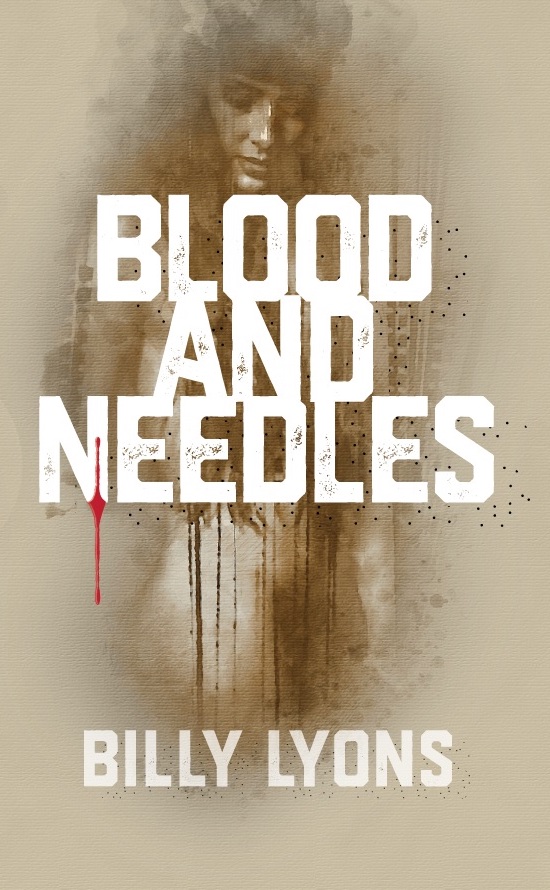 It by Stephen King
It by Stephen King
My rating: 5 of 5 stars
WARNING: THIS REVIEW CONTAINS SPOILERS!
Wonderfully immersive and gorgeously written, IT is a remarkable achievement. I put off reading it for a long time because of its daunting length, but I’m so glad I finally dove in. I absolutely loved it. At the heart of the novel, as well as at the heart of my love for it, sits the Losers Club, seven characters who, thanks to Stephen King’s masterful ability to conjure character from perfect details and authentic emotions, I came to feel as though I knew intimately. I really grew to love them over the course of the novel, especially as children, and found myself slowing down toward the end because I wasn’t ready to say goodbye to them. When I finally turned that last page, it was a bittersweet moment because I was both deeply satisfied with the narrative and a little sad that I wouldn’t get to spend more time with them. I wish I’d had a circle of friends this close when I was growing up!
The monster itself is a stunning creation, wholly original and something well beyond the tropes it imitates in order to frighten its victims, but what lasts for me from this novel are not the scare scenes but the emotions. In so many ways, this novel is about kindness, love, and friendship. The monster could easily be a metaphor for bullying, or violence, or the cosmic unfairness of a child’s death, or a town’s dark history coming to light, or all of those things, but it’s the deep and abiding love these characters have for each other that allows them to defeat the monster in the end. Not without cost, but also not without reward.
I love the novel so much I’m tempted to call it perfect, and I think in some ways it is, such as in characterization and the use of setting, but it stumbles a bit toward the end, in my opinion. I thought the monster was much scarier without the extended mythology King gives it (the macroverse, the Turtle, the Other, etc.), and the handful of times he lets us into its thoughts saps too much of its mystery and ability to terrify. I understand the mythology ties into King’s magnum opus of the Dark Tower, but on a purely standalone level I thought it detracted from the horror by making the unknowable too known. I think I definitely belong to the school of thought that says the less we know about the monster, the better. Additionally, three characters outside of the Losers Club, Henry, Tom, and Audra, also make their way to Derry, but not much comes of their presence. Henry obviously has the biggest connection to the characters, being their childhood bully, but as an adult threat he’s taken care of rather quickly. Tom follows Beverly to the town but is then pretty much instantly dispatched with. Audra’s presence is important to end of the novel, but otherwise she’s just sort of there. (These three characters’ sections also sometimes feel like an unwelcome intrusion on the narrative, although I suppose that works thematically.) Lastly, the sex scene in the sewers feels like a major misstep to me. It’s beautifully written and actually quite sweetly portrayed — these characters are wonderfully, charmingly innocent, not lascivious — but it still feels out of place, both because of the characters’ prepubescent age and because I didn’t fully understand its purpose. I will readily admit I didn’t get how this act achieves what it’s meant to achieve, namely focusing the characters enough that they can then find their way out of the sewers. Symbolically, I think there might have been better ways to signal the end of childhood and the start of adulthood, at least in the context of this novel. I can totally see why this scene sticks in some readers’ craw, and I really do wonder why King thought its inclusion made narrative sense. (Beep beep, Stephen!)
But those missteps did nothing to temper my profound love for this novel. IT now holds a place of honor as my favorite Stephen King novel. Although there are still so many more I have to read, it’s hard to imagine any of them resonating as strongly with me as this one. I can see myself returning to this novel again and again in the future. It would be like revisiting old friends.



